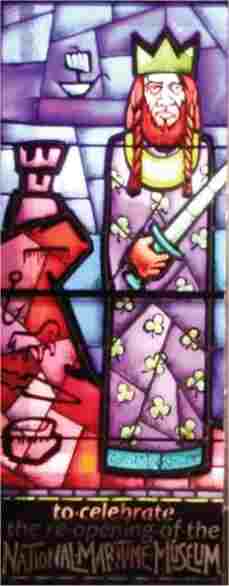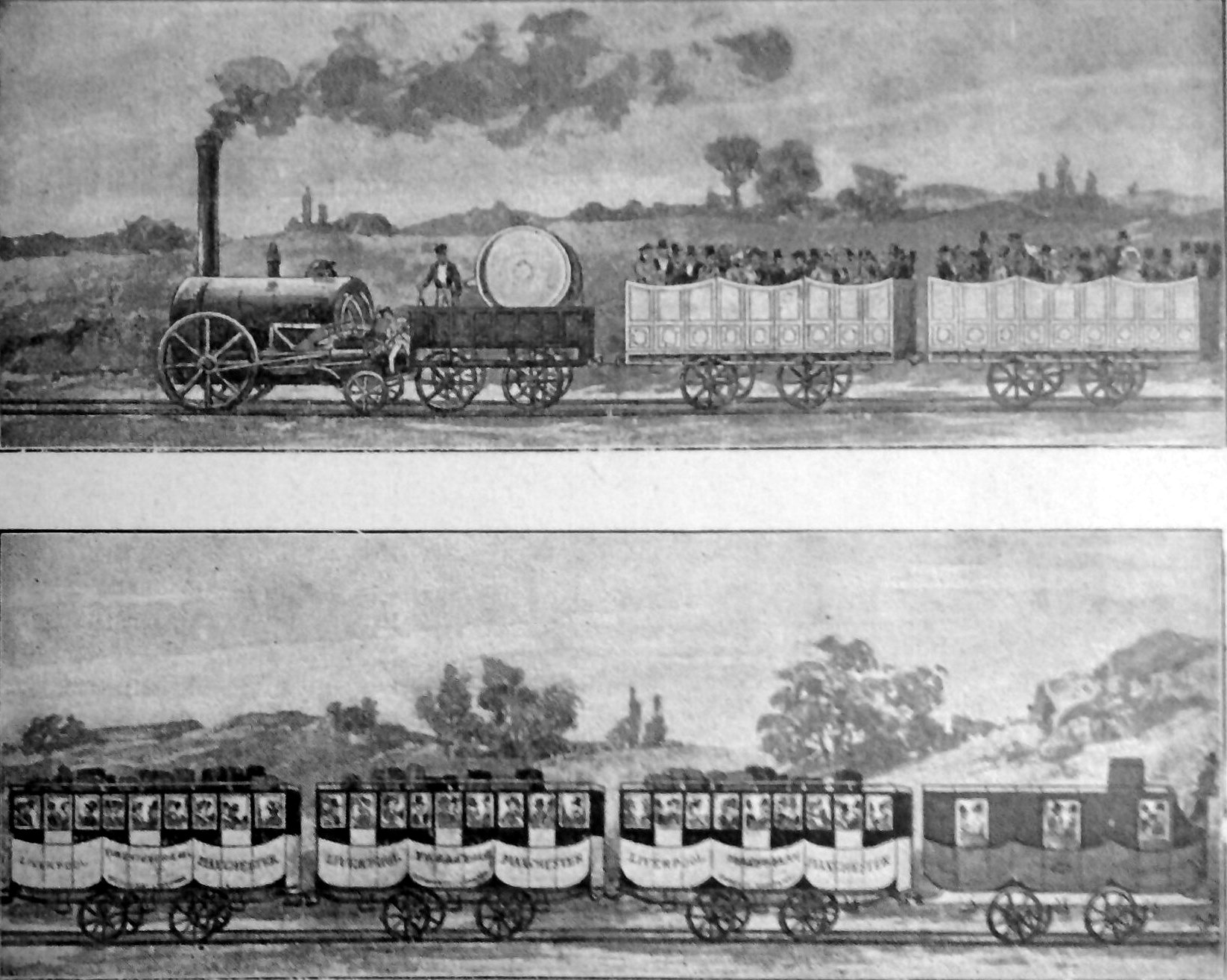|
History Of Rail Transport In Ireland
The history of rail transport in Ireland began only a decade later than that of History of rail transport in Great Britain, Great Britain. By its peak in 1920, Ireland had 3,500 route miles (5,630 km). The current status is less than half that amount, with a large unserviced area around the border area between Northern Ireland and the Republic of Ireland (state), Ireland. Railways on the island of Ireland are run by Iarnród Éireann, Iarnród Éireann (Irish Rail) within Ireland and Northern Ireland Railways within Northern Ireland. The two companies jointly operate the island's only cross-border service, the Enterprise (train service), Enterprise, between Dublin and Belfast. The Railway Preservation Society of Ireland based in Whitehead, County Antrim runs preserved steam trains on the main line, with the Irish Traction Group preserving diesel locomotives, and operating on the main line. The Downpatrick and County Down Railway is the only self-contained full-size heritage ... [...More Info...] [...Related Items...] OR: [Wikipedia] [Google] [Baidu] |
Royal Canal
The Royal Canal () is a canal originally built for freight and passenger transportation from Dublin to Longford in Ireland. It is one of two canals from Dublin to the River Shannon and was built in direct competition to the Grand Canal. The canal fell into disrepair in the late twentieth century, but much of it has since been restored for navigation. The length of the canal to the River Shannon was reopened on 1 October 2010, but a final spur branch, to Longford Town, remains closed. History Construction In 1755, Thomas Williams and John Cooley made a survey to find a suitable route for a man-made waterway across north Leinster from Dublin to the Shannon. They originally planned to use a series of rivers and lakes, including the Boyne, Blackwater, Deel, Yellow, Camlin and Inny and Lough Derravaragh. A disgruntled director of the Grand Canal Company sought support to build a canal from Dublin to Cloondara, on the Shannon in West County Longford. Work on this massive pro ... [...More Info...] [...Related Items...] OR: [Wikipedia] [Google] [Baidu] |
Hibernia (locomotive)
''Hibernia'' was a steam locomotive designed by Richard Roberts and built by Sharp, Roberts and Company in 1834 for the Dublin and Kingstown Railway (D&KR). The locomotive had vertical cylinders driving via bell cranks. History Procurement The D&KR waited until August 1833 before inviting nine firms to tender for six identical engines to enable part-swapping for delivery by 1 May 1834. The seven firms replied that timescales were too short, given the infancy of locomotive engineering with manufacturers on a steep learning curve. The D&KR engaged John Urpeth Rastrick who had been judge at the 1830 Rainhill Trials to visit the manufacturers. Rastrick visited six as well as the L&MR works and delivered to board a specification which strongly matched the L&MR No. 32 ''Experiment'' from Sharp, Roberts and Co. D&KR's Bergin visited the L&MR and expressed concerns over ''Experiment's'' unique features, vibrations and fuel consumption. The D&KR's consultant engineer Charles Blacke ... [...More Info...] [...Related Items...] OR: [Wikipedia] [Google] [Baidu] |
Commuter
Commuting is periodically recurring travel between a place of residence and place of work or study, where the traveler, referred to as a commuter, leaves the boundary of their home community. By extension, it can sometimes be any regular or often repeated travel between locations, even when not work-related. The modes of travel, time taken and distance traveled in commuting varies widely across the globe. Most people in least-developed countries continue to walk to work. The cheapest method of commuting after walking is usually by bicycle, so this is common in low-income countries but is also increasingly practised by people in wealthier countries for environmental, health, and often time reasons. In middle-income countries, motorcycle commuting is very common. The next technology adopted as countries develop is more dependent on location: in more populous, older cities, especially in Eurasia mass transit (rail, bus, etc.) predominates, while in smaller, younger cities, ... [...More Info...] [...Related Items...] OR: [Wikipedia] [Google] [Baidu] |
William Dargan
William Dargan MRDS (28 February 1799 – 7 February 1867) was arguably the most important Irish engineer of the 19th century and certainly the most important figure in railway construction. Dargan designed and built Ireland's first railway line from Dublin to Dún Laoghaire in 1833. In total he constructed over 1,300 km (800 miles) of railway to important urban centres of Ireland. He was a member of the Royal Dublin Society (RDS) and also helped establish the National Gallery of Ireland. He was also responsible for the Great Dublin Exhibition held at Leinster lawn in 1853. His achievements were honoured in 1995, when the Dargan Railway Bridge in Belfast was opened, and again in 2004 when the Dargan Bridge, Dublin a new cable stayed bridge for Dublin's Light Railway Luas Luas (, Irish language, Irish: ; meaning 'speed') is a tram system in Dublin, Republic of Ireland, Ireland. There are two main lines: the Green Line (Luas), Green Line, which began operatin ... [...More Info...] [...Related Items...] OR: [Wikipedia] [Google] [Baidu] |
Terminal Station
A train station, railroad station, or railway station is a railway facility where trains stop to load or unload passengers, freight, or both. It generally consists of at least one platform, one track, and a station building providing such ancillary services as ticket sales, waiting rooms, and baggage/freight service. Stations on a single-track line often have a passing loop to accommodate trains travelling in the opposite direction. Locations at which passengers only occasionally board or leave a train, sometimes consisting of a short platform and a waiting area but sometimes indicated by no more than a sign, are variously referred to as "stops", "flag stops", " halts", or "provisional stopping places". The stations themselves may be at ground level, underground, or elevated. Connections may be available to intersecting rail lines or other transport modes such as buses, trams, or other rapid transit systems. Terminology ''Train station'' is the terminology typicall ... [...More Info...] [...Related Items...] OR: [Wikipedia] [Google] [Baidu] |
Dún Laoghaire
Dún Laoghaire ( , ) is a suburban coastal town in County Dublin in Ireland. It is the administrative centre of the county of Dún Laoghaire–Rathdown. The town was built up alongside a small existing settlement following 1816 legislation that allowed the building of a major port to serve Dublin. It was known as Dunleary in the English language, until it was renamed Kingstown in honour of King George IV's 1821 visit, and in 1920 was given its present name Dún Laoghaire, the original Irish form from which "Dunleary" was anglicised. Over time, the town became a residential location, a seaside resort, the terminus of Ireland's first railway and the administrative centre of the former borough of Dún Laoghaire, and from 1994, of the county of Dún Laoghaire–Rathdown. Toponymy The town's name means "fort of Laoghaire". This refers to Lóegaire mac Néill (modern spelling: Laoghaire Mac Néill), a 5th-century High King of Ireland, who chose the site as a sea base from which to ... [...More Info...] [...Related Items...] OR: [Wikipedia] [Google] [Baidu] |
Dublin Pearse Railway Station
Pearse railway station () or Dublin Pearse is a railway station on Westland Row on the Southside of Dublin, Ireland. It is Ireland's busiest commuter station and second busiest station overall (behind Dublin Connolly railway station) with 9 million passenger journeys through the station in 2016. Facilities The station has two through platforms, 1 and 2, the former on the Boyne Street side for northbound "up" services towards Connolly station, the other on the Pearse Street side for southbound "down" services towards Bray and Wexford. It also has a café, shop and public toilets. The southbound entrance (Pearse Street and Trinity BioScience) is open from 7:00 AM to 7:30 PM daily from Monday to Friday excluding Bank Holidays, and on Saturdays from 9:00 AM to 6:00 PM, in addition to the main entrance on Westland Row, which is open all during station opening hours. The ticket office is open from 7:30 AM to 9:50 PM, Monday to Sunday. History Origins The station building origi ... [...More Info...] [...Related Items...] OR: [Wikipedia] [Google] [Baidu] |
Dublin And Kingstown Railway
The Dublin and Kingstown Railway (D&KR), which opened in 1834, was Ireland's first passenger railway. It linked Westland Row in Dublin with Kingstown Harbour (Dún Laoghaire) in County Dublin. The D&KR was also notable for a number of other achievements besides being Ireland's first passenger railway: it operated an atmospheric railway for ten years; claimed the first use of a passenger tank engine; was the world's first commuter railway and was the first railway company to build its own locomotives. On 30 June 1856 the Dublin and Wicklow Railway (D&WR) took over operation of the line from the D&KR with the D&KR continuing to lease out the line. The D&WR had formerly been known as the Waterford, Wicklow, Wexford and Dublin Railway (WWW&DR or 3WS). It changed its name to the Dublin Wicklow and Wexford Railway (DW&WR) in May 1860 and was ultimately renamed the Dublin and South Eastern Railway (D&SER) in 1907, a name which was retained until the amalgamation of the D&KR and D&S ... [...More Info...] [...Related Items...] OR: [Wikipedia] [Google] [Baidu] |
Liverpool And Manchester Railway
The Liverpool and Manchester Railway (L&MR) was the first inter-city railway in the world. It Opening of the Liverpool and Manchester Railway, opened on 15 September 1830 between the Lancashire towns of Liverpool and Manchester in England. It was also the first railway to rely exclusively on locomotives driven by Steam engine, steam power, with no Horsecar, horse-drawn traffic permitted at any time; the first to be entirely double track throughout its length; the first to have a true Railway signalling, signalling system; the first to be fully Public transport timetable, timetabled; and the first to carry mail. Trains were hauled by company steam locomotives between the two towns, though private wagons and carriages were allowed. Cable railway, Cable haulage of freight trains was down the steeply-graded Wapping Tunnel to Liverpool Docks from Edge Hill junction. The railway was primarily built to provide faster transport of raw materials, finished goods, and passengers between ... [...More Info...] [...Related Items...] OR: [Wikipedia] [Google] [Baidu] |
Dublin Kingstown Railway 1837 Map
Dublin is the capital and largest city of Ireland. Situated on Dublin Bay at the mouth of the River Liffey, it is in the province of Leinster, and is bordered on the south by the Dublin Mountains, part of the Wicklow Mountains range. Dublin is the largest city by population on the island of Ireland; at the 2022 census, the city council area had a population of 592,713, while the city including suburbs had a population of 1,263,219, County Dublin had a population of 1,501,500. Various definitions of a metropolitan Greater Dublin Area exist. A settlement was established in the area by the Gaels during or before the 7th century, followed by the Vikings. As the Kingdom of Dublin grew, it became Ireland's principal settlement by the 12th century Anglo-Norman invasion of Ireland. The city expanded rapidly from the 17th century and was briefly the second largest in the British Empire and sixth largest in Western Europe after the Acts of Union in 1800. Following independence in 1922 ... [...More Info...] [...Related Items...] OR: [Wikipedia] [Google] [Baidu] |






